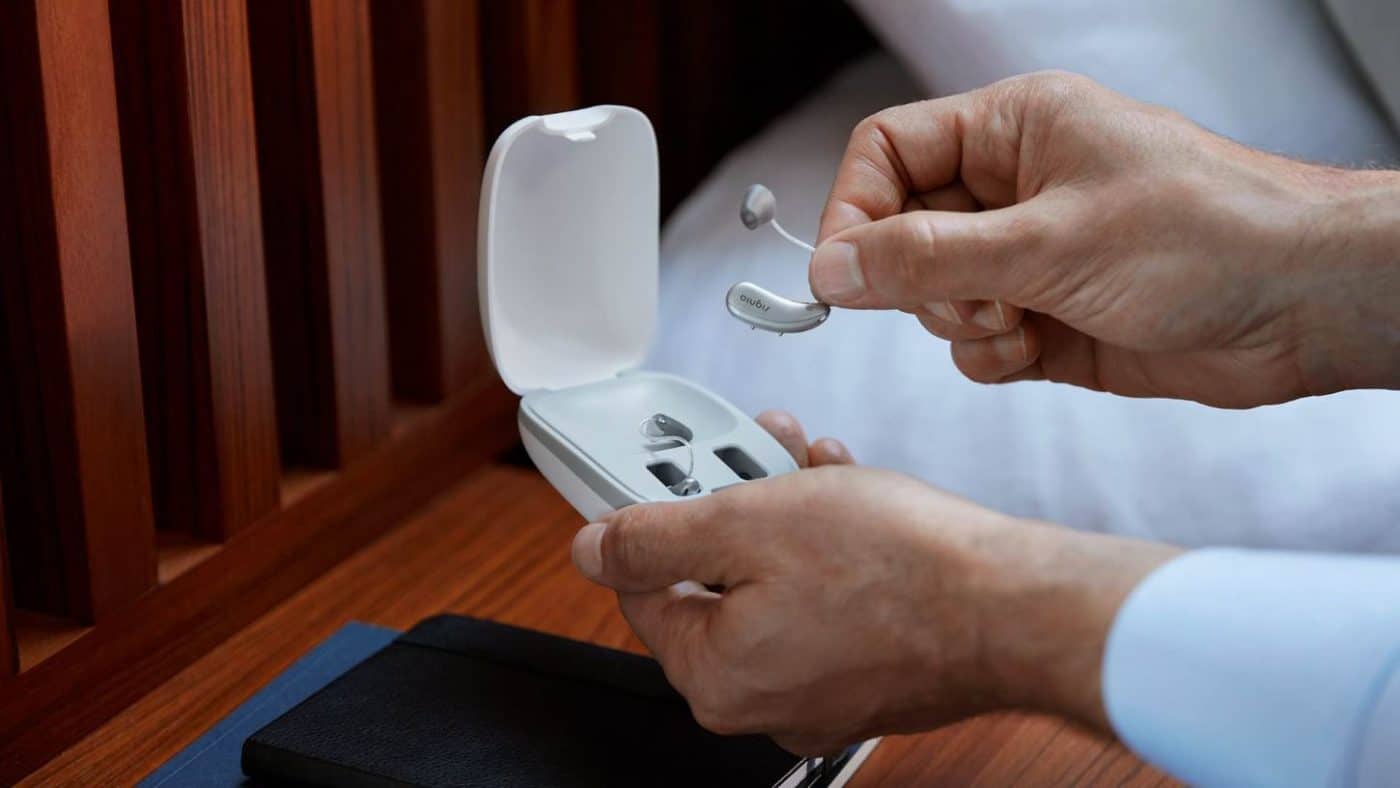The key to successful hearing aid usage is to stay connected. Rechargeable hearing aids offer a modern, convenient option for those looking to maintain their connection to sound. In this blog post, we will discuss the benefits of rechargeable hearing aids, what types of rechargeable batteries are available, how to keep your device fully charged, and other tips for keeping your device clean and in good working order. With rechargeable hearing aids, you can make sure that you never miss out on a moment of sound again!
The Benefits Of Rechargeable Hearing Aids
Rechargeable hearing aids are a revolutionary tool in the world of auditory health. With this technology, those with varying degrees of hearing loss can stay connected to the world around them without having to worry about constantly replacing batteries every few weeks. Rechargeable hearing aids are convenient and efficient; simply charge your device after active use and you won’t have to worry about running out of power throughout the day!
They also come with a special charging pack that will keep your device safe while not in use for long periods, protecting it from any accidental damage. Plus, rechargeable hearing aids come with advanced noise cancellation technology that allows for better sound quality during conversations or activities without experiencing any interference.
What Are Rechargeable Hearing Aids?
Rechargeable hearing aids are powered by a battery that can be recharged through the use of an outlet or USB port. These devices allow those with hearing loss to stay connected without having to constantly change out batteries.
Rechargeable hearing aids provide users with improved sound quality and better performance than that of traditional hearing aids. They also improve battery life, meaning they can last longer between charges, making them a highly convenient option for those who need better access to sound.
Different Types Of Rechargeable Batteries
Rechargeable hearing aids are a vital tool for staying connected and keeping our hard-of-hearing loved ones safe. Just like phones, tablets, and laptops, these advanced devices require power to stay connected. That’s where rechargeable batteries come in.
Although the exact type of rechargeable battery will vary depending on the manufacturer and model of the hearing aid, there are several general categories to consider; nickel-metal hydride (NiMH), lithium-ion (Li-Ion), or silver-oxide (AgO).
NiMH batteries provide consistent performance over time with a good balance between power and longevity. Li-Ion batteries give excellent performance but do tend to break down faster than other types as they age. Lastly, AgO batteries offer longer life cycles but tend to be more expensive compared to other types of rechargeable batteries.
Keeping Your Rechargeable Hearing Aid Fully Charged
Regularly keeping your rechargeable hearing aid fully charged is essential to staying connected and enjoying the best sound quality. Try to keep a consistent charging schedule that matches your lifestyle, such as charging it overnight before you go to bed. Most rechargeable hearing aids come with a base station that allows them to remain securely in place while they charge.
Place your hearing aid in the base station when you’re not using it so that you don’t miss out on important conversations throughout the day! Additionally, if you find yourself away from home for extended periods, invest in a portable charger or extra battery packs so you always have power available when needed.
Don't Forget To Clean Your Device Regularly
It is important to stay connected to the world through rechargeable hearing aids, but it’s also important to take care of these devices. Don't forget to regularly clean your hearing aids by gently wiping them with a dry cloth and removing any debris from the microphone and receiver openings.
It's also important that you follow all cleaning instructions provided by the manufacturer of your device. Keeping your device clean will help ensure it continues to perform optimally and can extend its life span.


